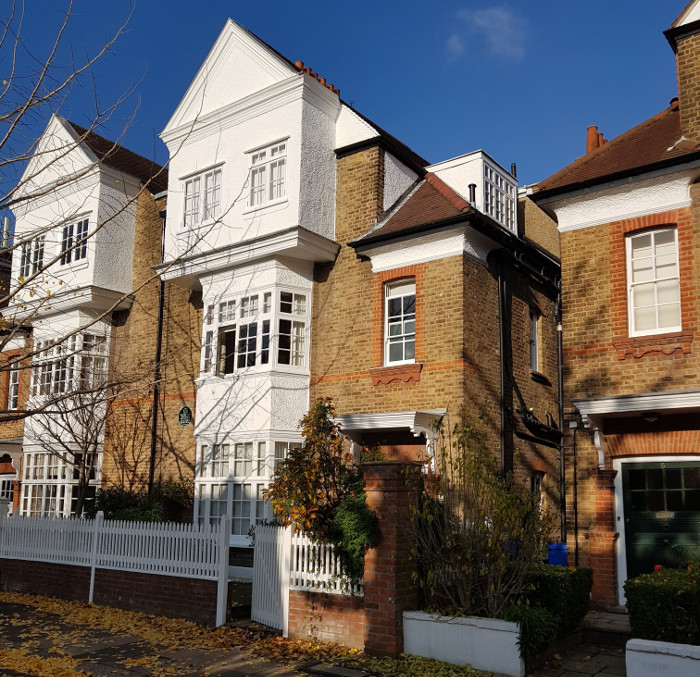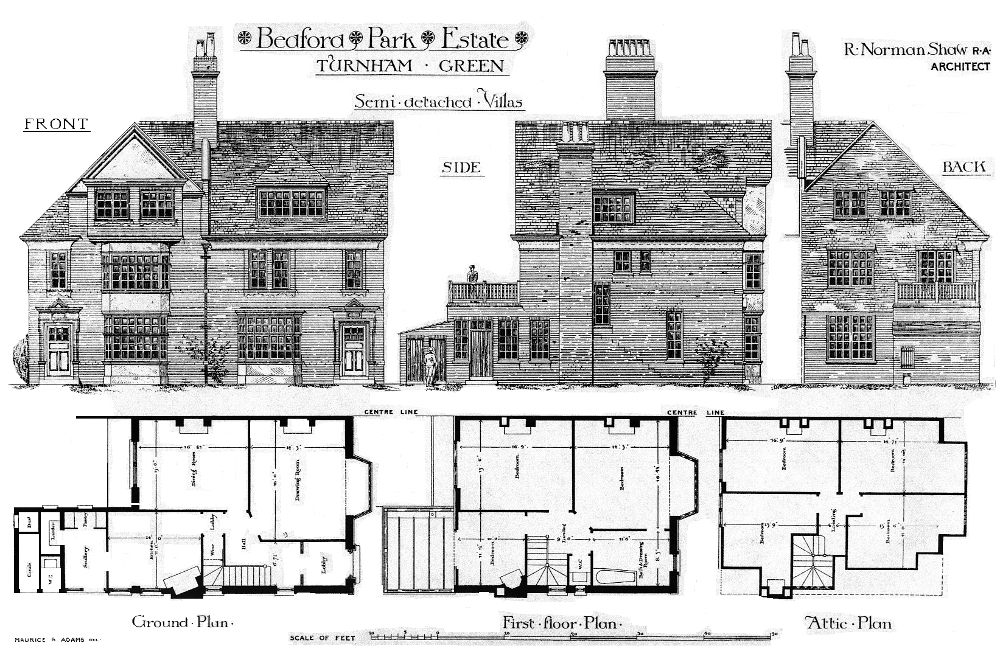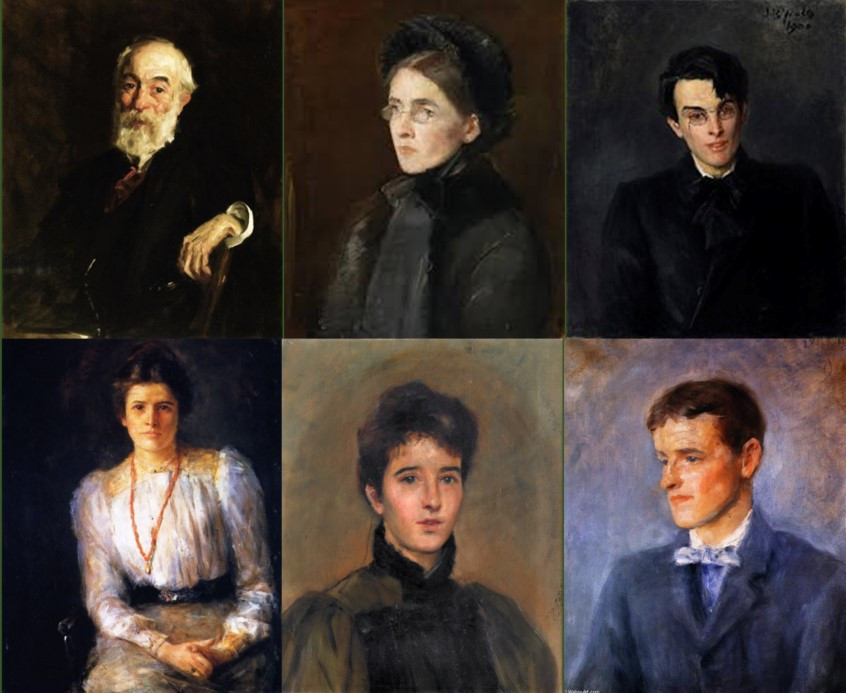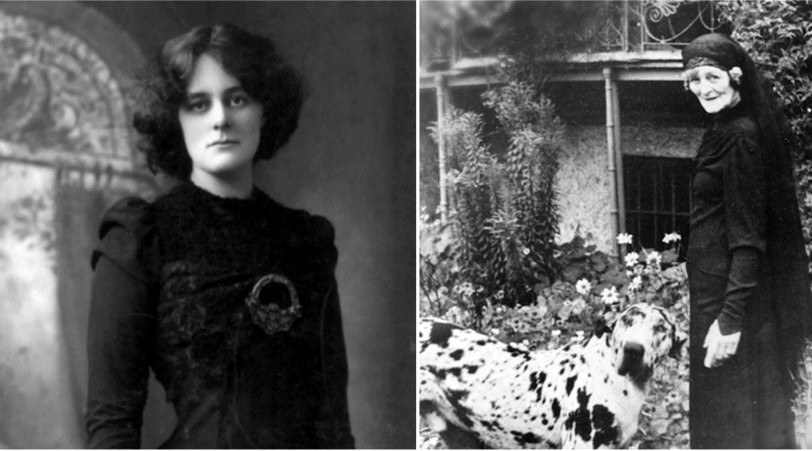No.3 Blenheim Road: Yeats family home, 1888-1901
Location 4


The Yeats family’s second sojourn in Bedford Park, at Number Three, Blenheim Road, was their longest stay, from 1888 until 1901, when, a year after Yeats’s mother died, his father and sisters moved to Dublin. Yeats had already moved out to rooms in central London by then, but the years from 1888 had been of major significance in the development of his career.
Times were hard for the Yeatses here. John Butler Yeats was much loved as a talker and debater in Bedford Park, but had only limited success as a painter. Yeats’s sister Lily learned much about the Arts-&-Crafts movement working for May Morris at Kelmscott House. And his other sister Lolly had some success as an art teacher and author of art books. And then younger brother Jack, who had spent a number of years with his Sligo grandparents, rejoined the family.
But the family were always short of money, and Yeats’s father had to persuade him not simply to give in and become a journalist, but to strive for a literary career.
So it was here that Yeats and others met to found the Irish Literary Society, which was a key part of the Celtic cultural revival, and is still flourishing in London today.
And it was here that he was first visited, in January 1889, by Maud Gonne: daughter of a British Army major: she was a revolutionary socialist and Yeats fell madly, if unsuccessfully, in love with her, making him, over the ensuing years, the world’s best-known poet of unrequited love.
In the summer of 1888, Yeats wrote a novel, John Sherman, about a young man from the West of Ireland exiled in London. For John, in the novel, the sight of Chiswick Eyot, a tiny island in the Thames, triggers memories of an island in a lough near his home. And we can imagine Yeats walking home from what he calls “a long day’s dreaming” on that little island in the Thames to write, upstairs in this very house, the world’s best-loved poem of exile, “The Lake Isle of Innisfree”.

